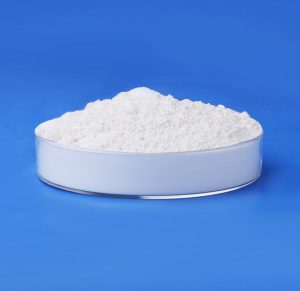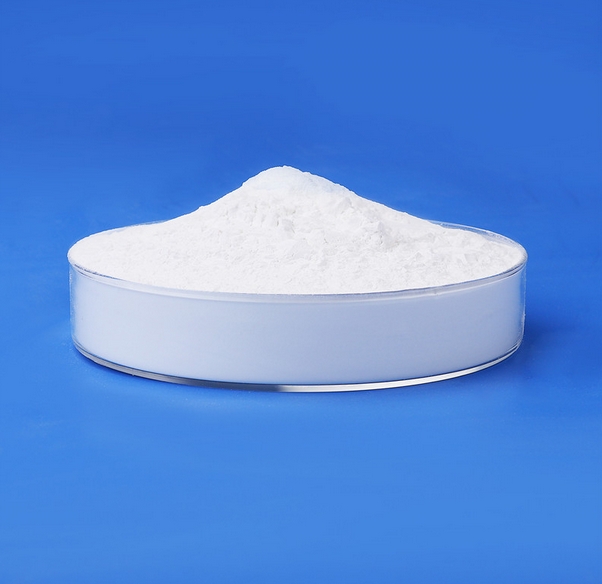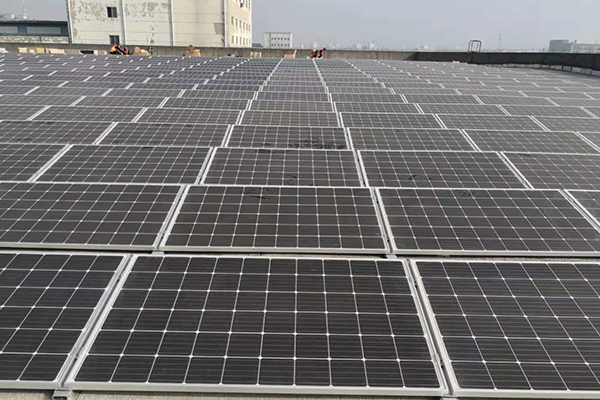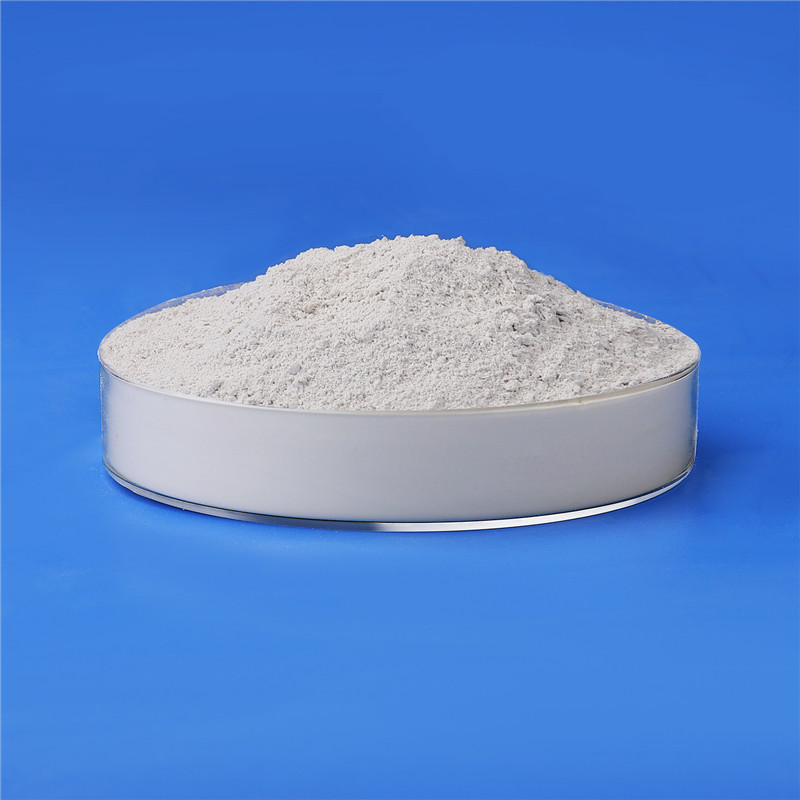Volatile Organic Compounds (VOCs) are a major group of pollutants in industrial emissions. They are released from various industrial processes such as painting, printing, chemical manufacturing, and more. VOCs not only contribute to the formation of smog and ozone in the atmosphere but also pose significant risks to human health, causing respiratory problems, headaches, and in severe cases, even cancer. As environmental regulations become increasingly stringent worldwide, industries are under great pressure to reduce their VOCs emissions. This is where Industrial VOCs Removal Additives come into play.
These additives are specifically designed to mitigate the release of VOCs. They work through several mechanisms. Some additives act as adsorbents, like certain zeolite – based materials. Zeo Flair series, for example, has a three – dimensional open structure. Zeo Flair 100/110 is a highly active, hydrophobic adsorbent that can effectively and permanently adsorb a wide range of hydrocarbons, solvents, and other toxic and non – toxic substances down to ppm levels, even in the presence of water. It strongly selects and adsorbs a wide range of VOCs/odors from the air based on organic compositions.
In the automotive industry, VOCs emitted from interior materials such as plastics, carpets, and adhesives are a concern. Aq Fresh, a new additive technology, has been incorporated into nonwovens, coated textiles, and plastics in automotive interior parts. It contains cucurbiturils, barrel – shaped molecules that can tightly bind a wide spectrum of unwanted VOC molecules, significantly reducing VOC and odor emissions.
Industrial VOCs Removal Additives also find applications in the pharmaceutical industry. 1 – ethyl – 3 – methylimidazolium acetate ((emim)(ac)) has been used to absorb dichloromethane and ethanol, two common pharmaceutical VOCs. The results showed high removal ratios, demonstrating the effectiveness of this ionic – liquid – based additive.
The benefits of using these additives are numerous. They help industries comply with environmental regulations, avoiding potential fines and reputational damage. From an economic perspective, they can reduce the need for additional handling or “airing out” of products, such as in the case of packaged goods where VOC – related odors might otherwise lead to customer rejects and returns. For example, DES VOCANT, made from a naturally – occurring bentonite clay mineral, helps control and eliminate the accumulation of VOCs from products enclosed in packaging, reducing the need for container ventilation during shipping.
Moreover, these additives are often non – toxic and easy to handle, and can be disposed of with normal industrial waste in some cases. In the future, with the continuous development of technology, Industrial VOCs Removal Additives are expected to become even more efficient and cost – effective. New materials and formulations will be developed to target a wider range of VOCs and to work under more complex industrial conditions, contributing to a cleaner and more sustainable industrial environment.



